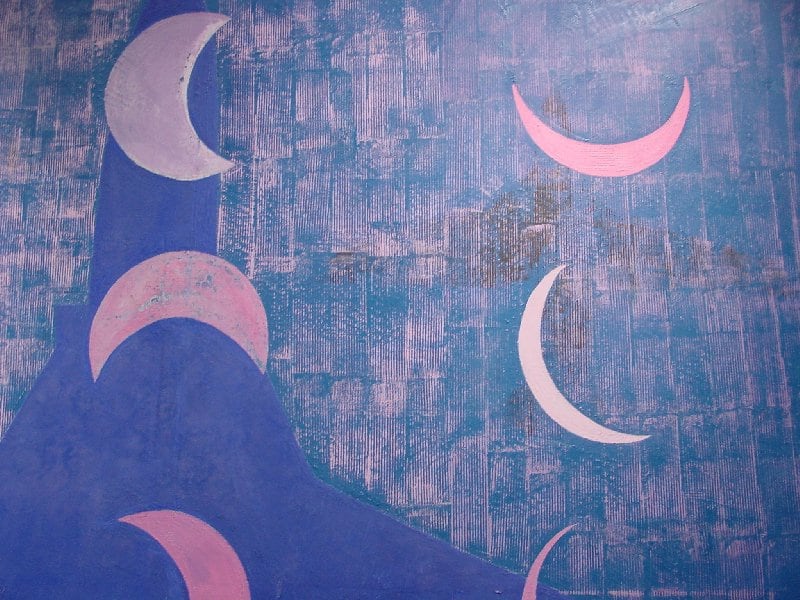
Today’s younger and more experimental artists are reaching beyond the canvas and using three-dimensional spaces to express their concerns and concepts. Anjum Singh in her latest solo show ‘The Skin Remembers’ explores the urban industrialized environment through works that are more sculptural than painterly.
Through this show, Anjum alludes to her own politic of art-making. Like our skin experiences seasons, materials and touch to be recalled later, her work recalls and places homes, cities, people. The skin records time and so does this body of work. Throughout the show, the artist plays the role of an observer and not a participant. “What I don’t do, “she says,” is to use my body.”
The artist’s conceptualization in the works presented here is quite interesting in so far as that it speaks of the rigidities of contemporary time on one hand and draws attention to the issues related to environmental degradation, accumulating and unequal urban consumerism, and its corrosive influence on socio‐economic and cultural spheres.
One of the principal elements at work in her pieces is the use of materials, mainly industrial materials such as glass wool, magnets, and paint on a metal sheet. The use of small and medium-size magnets is quite illustrative of this. The word and element both have so many connotations ranging from the scientific to the socially pejorative and culturally alluring. For Anjum, magnets seem to have a creative form that she can play with. She has fashioned a cascade of cylindrical-shaped magnets, the kind that children play with, emerging from fiberglass eggs or falling out of will-mounted plates. The magnets adhere to each other and have a predetermined form, yet they can be manipulated to create a fluidity of wave or a fall or tentacle-like clinging parasitical extensions.
The artist has created a set of five eggs, some broken and others whole. The germinal and encompassing form of the egg has been painted over with cartographic lines or lined with common pins and hive-like forms. Anjum deals with contemporary issues through very conceptually loaded works.
-Dr. Seema Bawa